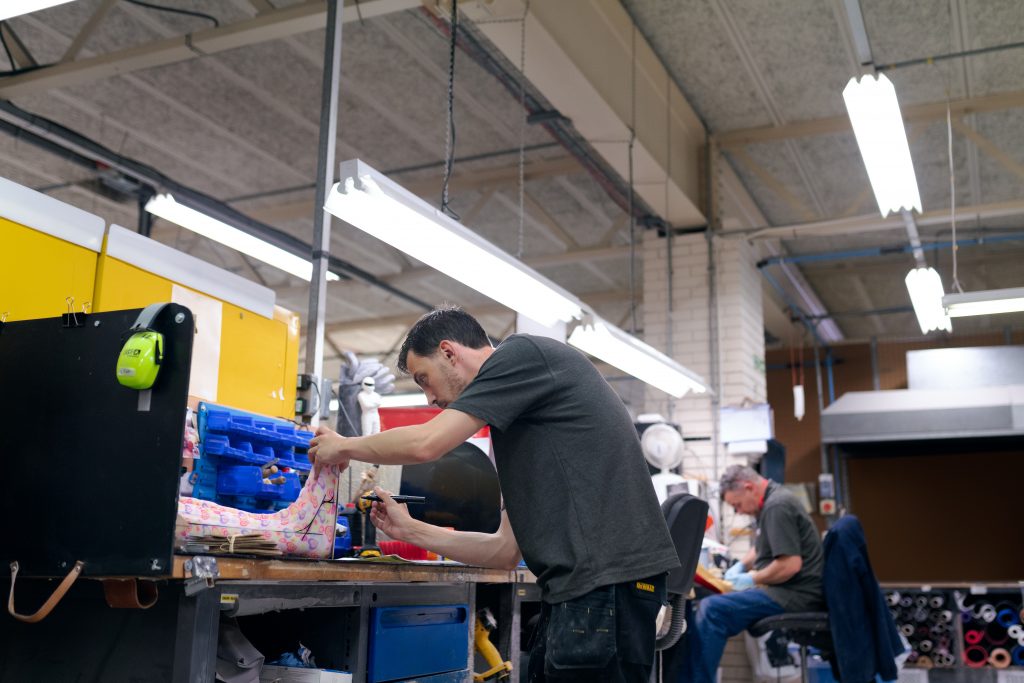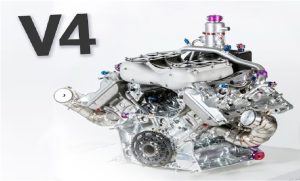Information In Surgery, Risks, And Consent

Cardiac surgery remains an invasive surgery that can carry potentially serious risks. This document is intended to inform you about your heart operation. Before the operation, during the interview you will have with your surgeon, you can ask him all the questions you want.
Cardiac Surgery Information
This document is intended to inform you about your heart operation. We ask you to read it carefully to be able to give your consent to the intervention. Before the operation, during the interview you will have with your surgeon, you can ask him all the questions you want.
This cardiac surgery intervention was proposed to you following a cardiological assessment. After discussion between the various doctors (cardiologists, surgeons) who took care of you.
HOW WILL THE SURGERY GO?
Before the procedure, you will be shaved on your chest, abdomen, and legs.
You will be asked to take showers with an antiseptic product. This preparation of the skin is important for reducing the risk of infection.
To perform this operation, the surgeon will have to open the thorax to reach the heart by severing the sternal bone. To be able to operate on a stopped heart empty of blood, surgeons will set up an extracorporeal circulation (ECC).
The blood will be diverted to this device which will ensure cardiac and pulmonary functions by oxygenating the blood. Reinjecting it under pressure into an artery downstream from the heart.
. At the end of the operation, to avoid the accumulation of blood in the operated region. The surgeon places pipes (drains, redons) that exit the skin at the level of the upper part of the abdomen.
1- CORONARY BYPASS SURGERY
Coronary bypass grafts are the most common procedures performed in cardiac surgery.
These interventions consist in supplementing cardiac blood circulation. The mechanism is either narrowing (stenosis) or occlusion. During the operation, the surgeon will take grafts (artery and/or vein), inside the thorax (mammary arteries), the arm (radial artery), or the legs (saphenous veins). He will use these grafts as a bridge (shunt) between the aorta (or one of its branches). The coronary artery beyond the stenosis and/or the occlusion.
2- VALVE SURGERY
Valve surgery is also performed under CEC but requires the opening of the heart chambers.
Valvuloplasty
Valvuloplasty involves repairing defective heart valves either because they are leaking (insufficiency) or because they obstruct the passage of blood (narrowing).
This reconstructive surgery will allow the valve to be repaired without having to replace it. Most often it is associated with an annuloplasty which consists of placing the ring of prosthetics near me at the level of the valve opening to correct the dilation. If the result of the repair during or after the operation is incorrect, the surgeon will proceed with a valve replacement.
Valve replacement
Valve replacement, as the name suggests, involves replacing a heart valve (aortic, mitral or tricuspid) with a prosthesis. There are currently no ideal prostheses and the two types of prosthesis used, mechanical or biological, offer advantages and disadvantages:
Mechanical valve prostheses are made of pyrolytic carbon. They have the advantage of having a longer lifespan than human life expectancy. On the other hand, they require the taking of an anticoagulant medication throughout life, otherwise, clots can form on their contacts. But this treatment requires biological monitoring and can promote bleeding problems.
Biological valve prostheses (bioprostheses) are made from tissues of animal origin treated so that they do not cause infection or rejection.
Whatever the type of prosthesis put in place, you must always inform your doctors and your dentist that you have a cardiac prosthesis because depending on the care you will have to do, it may be essential to prevent infection of these orthotics near me.
Other cardiac surgery procedures
They are less frequent and may involve the ascending aorta, the aortic arch, the intrathoracic aorta, or the cardiac muscle (tumor of the heart, aneurysms of the ventricle, or sequelae of infarction). Surgery can also correct abnormal intracardiac communications (interatrial and interventricular communication).
WHAT ARE THE RISKS OF HEART SURGERY?
Any surgical act even carried out competently, and in compliance with the data acquired (known as the Rules of the Art) exposes to a risk. In cardiac surgery the main risks are as follows:
Surgical:
The occlusions of bypass or post-operative bypass surgery, benefit from specific treatments (reoperation, dilation by catheterization, drug treatments, etc.).
Early heart valve dysfunction (leakage or narrowing) is possible.
In any event, the surgeon may have to modify and/or complete the surgical procedure initially planned in the face of specific lesions or following surgical difficulties.
Haemorrhagic:
Due to the very nature of heart surgery which affects the vascular system and the cardiopulmonary bypass which induces bleeding disorders, moderate bleeding is usual. However, massive intraoperative hemorrhage is likely to be life-threatening. Too much postoperative bleeding may require blood transfusions and/or reoperation.
In some cases, and in the days following the operation, there may be an accumulation of fluid around the heart (effusion) which may eventually cause it to malfunction (tamponade). It may then be necessary to intervene again to evacuate this liquid and/or possibly control the origin of the bleeding.
Rhythm and conduction disorders:
They are treated with drugs or by training the heart using temporary external electrodes systematically placed during the procedure. In some cases, it will be necessary to set up a final internal pacemaker (“stack”) secondarily.
Neurological:
Whatever the cause, neurological disorders such as a cerebrovascular accident (stroke) can appear, during, immediately after or after surgery. They can be responsible for temporary or permanent sequelae:
intellectual functions, speech, visual disturbances, or even blindness,
loss of mobility and/or sensitivity of one or more limbs (paresis, paralysis, hemiplegia, paraplegia).
These complications are rare but potentially serious.
Circulatory:
Blood circulation disorders in the heart are possible (infarction, heart failure, low flow) which can lead to death. Impaired kidney functions may require artificial kidney sessions (dialysis) temporarily or permanently. Necrosis of the digestive tract is an exceptional but very serious complication that can lead to partial ablation digestive surgery. Disturbances in limb circulation are possible (acute or subacute ischemia) and sometimes require specific surgical care.
Respiratory:
Respiratory failure can occur and will be treated with sometimes prolonged artificial ventilation.
Infectious:
Infection is still possible despite strict aseptic precautions as the extracorporeal circulation decreases the body’s defenses against infection, including against your own microbes. These infections can be:
located at the surgical site, superficially (abscess) or deep (mediastinitis)
but can also become general (sepsis) or reach an organ (lungs, urinary tract, gall bladder, etc.).
These infectious problems require often long antibiotic treatments or even surgical interventions.
All these complications are likely to prolong your hospitalization, in the intensive care unit.
As we have just described to you, complications can arise or even be the cause of sequelae or death, but this surgery is only offered to you because your doctors (cardiologists, surgeons) believe that the expected benefits are greater than the risks involved. In many cases, your surgery will go smoothly.







